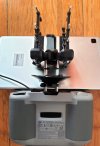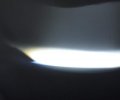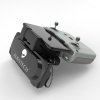I used a pair of 2.4GHz Yagi antennas 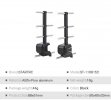
and a pair of 5.8GHz Yagi,
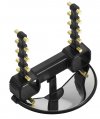
after previously disconnecting the mirror that was with the 5.4GHz antennas. The antennas were placed in pairs on the original antennas.
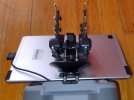

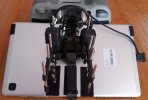
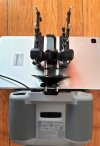
Where necessary, I used the familiar black cable ties. The mirror was mounted independently, behind the antennas to reflect the signal to them, and was also held in place by cable ties. At points where two antennas were touching each other, I used plastic insulator, so as not to distort their signal.
The result is to be fixed on the controller along with the remote controller and the 8.7" tablet I use as monitor.
The signal radius has been greatly improved, I have 4 bars signal strength reading at 5km (FCC). The additional cost, apart from the purchase of Yagi antennas, is negligible. The only downside is that now the antennas are very directional and you need to aim directly at the drone.
But the greatest satisfaction is that this improvement was made with my own hands. (The next plan is to improve the range with an extra LiPo battery on top of the original).

and a pair of 5.8GHz Yagi,

after previously disconnecting the mirror that was with the 5.4GHz antennas. The antennas were placed in pairs on the original antennas.




Where necessary, I used the familiar black cable ties. The mirror was mounted independently, behind the antennas to reflect the signal to them, and was also held in place by cable ties. At points where two antennas were touching each other, I used plastic insulator, so as not to distort their signal.
The result is to be fixed on the controller along with the remote controller and the 8.7" tablet I use as monitor.
The signal radius has been greatly improved, I have 4 bars signal strength reading at 5km (FCC). The additional cost, apart from the purchase of Yagi antennas, is negligible. The only downside is that now the antennas are very directional and you need to aim directly at the drone.
But the greatest satisfaction is that this improvement was made with my own hands. (The next plan is to improve the range with an extra LiPo battery on top of the original).
Attachments
Last edited:



